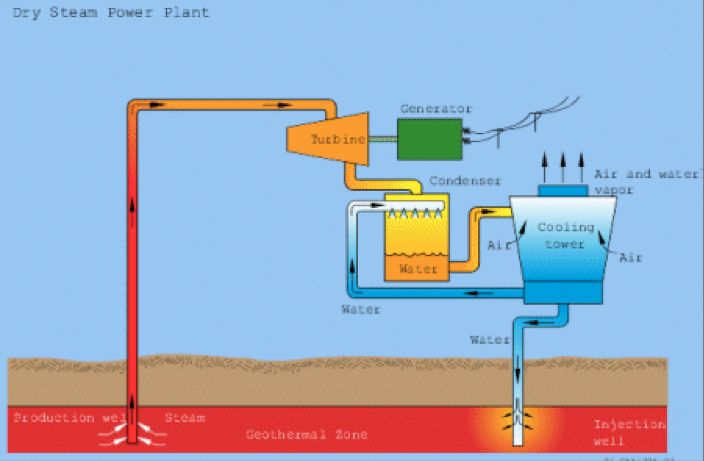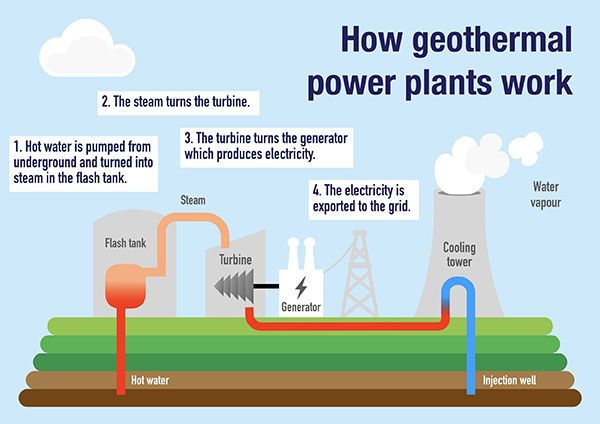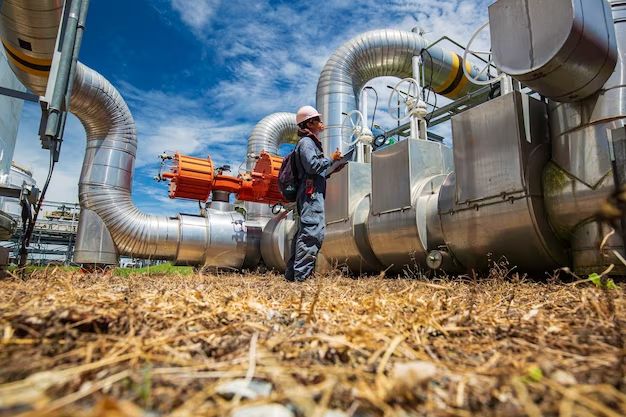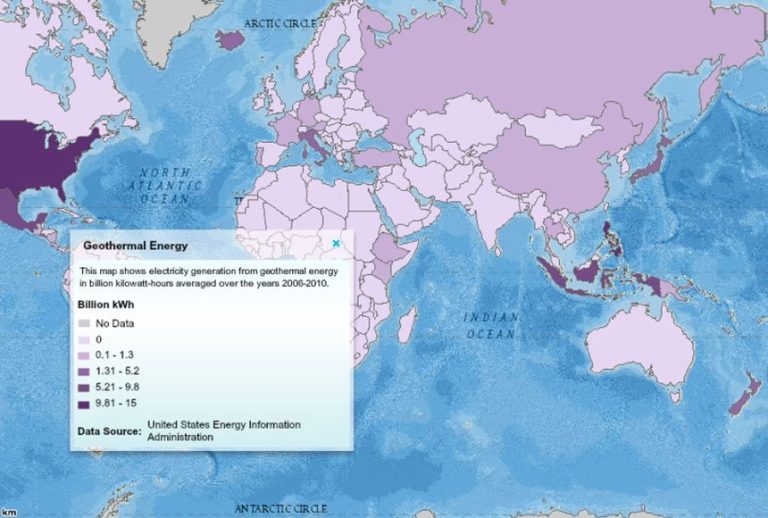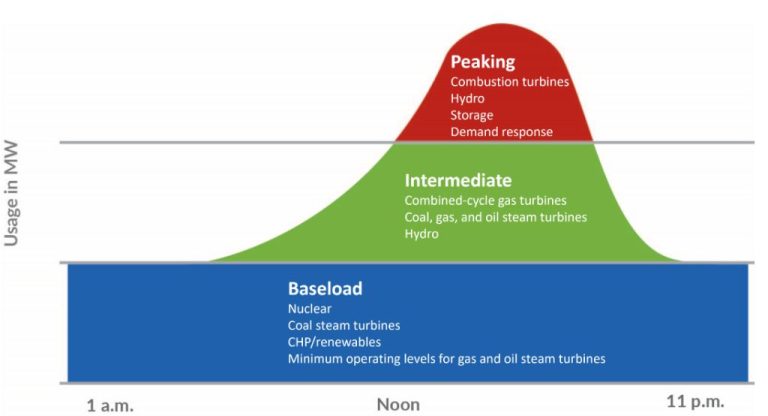Can You Do Geothermal Yourself?
Geothermal energy is a renewable energy source that comes from the natural heat inside the earth (https://www.eia.gov/energyexplained/geothermal/). It is generated and stored in the earth’s core, and can be accessed directly via geothermal reservoirs where hot water exists, or indirectly by pumps and heat exchangers (https://www.energy.gov/eere/geothermal/geothermal-basics). Geothermal energy is considered renewable since the heat is continuously produced inside the earth.
The benefits of geothermal energy include its low carbon footprint compared to fossil fuels, constant availability, and ability to provide heating and cooling through heat pumps. Geothermal systems can be installed for residential and commercial buildings. While large-scale geothermal systems require expertise to install, smaller do-it-yourself systems are possible with proper knowledge, skills, permitting, and equipment. This article provides an overview of what’s required for a DIY geothermal installation.
Types of Geothermal Systems
There are three main types of geothermal systems used for home heating and cooling: closed-loop, open-loop, and direct systems (Department of Energy, n.d.).
Closed-loop systems circulate a fluid through pipes buried underground to exchange heat with the earth. The most common types are vertical, horizontal, and pond/lake loops. Vertical loops are inserted 300-600 feet underground using a drilling rig, while horizontal loops are buried 4-6 feet underground in trenches. Pond/lake loops use coils sunk to the bottom of a body of water. The fluid in the pipes absorbs heat from the earth and carries it indoors via a heat pump (Department of Energy, 2020).
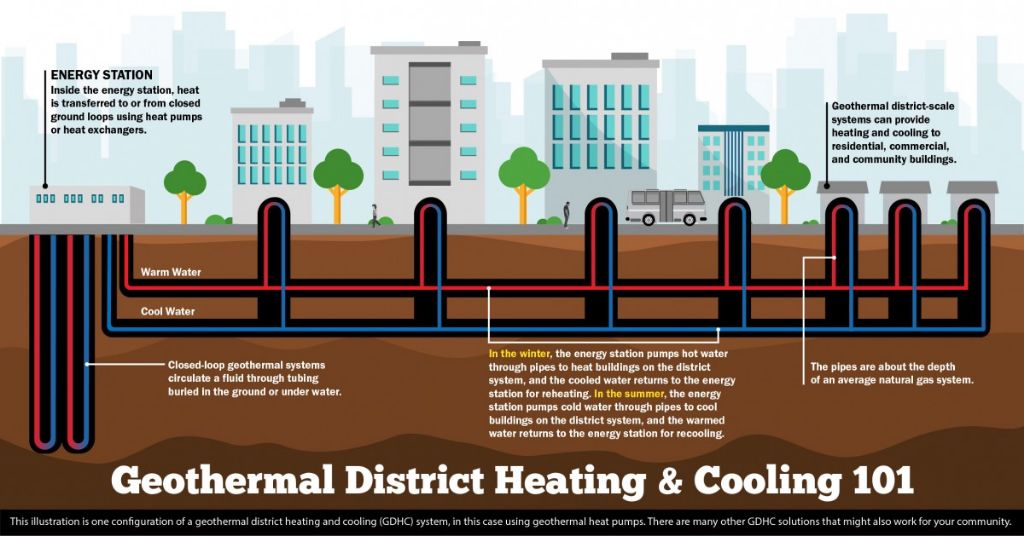
Open-loop systems pump groundwater from a well into the heat pump to exchange heat. The water is discharged either back into the same well or another injection well. Open-loop systems are less common than closed-loop.
Direct systems use the shallow ground or surface water as the heat exchanger, circulating refrigerant through coils buried a few feet underground. They are uncommon in residential settings.
Cost Comparison
When considering doing a DIY geothermal system installation versus hiring a professional, the cost difference can be substantial. According to Angi, a professionally installed closed loop geothermal system for a 2000 sqft home costs $25,000-$30,000 on average [1]. In contrast, a DIY installation can cost 50-70% less. For example, Forbes cites DIY installation costs ranging from $8,000-$12,000 for a similar sized home [2]. BobVila puts the DIY installation cost at $15,000-$20,000 on average.
The main factors driving the lower costs of a DIY geothermal installation are avoiding contractor labor fees and having more flexibility on the system design. Doing the manual work yourself saves thousands in labor costs. Opting for a simpler open loop system or smaller capacity also reduces expenses compared to a full closed loop install. However, the tradeoff is that a DIY system may not provide the same level of efficiency or temperature control. Careful planning is required to size and design the system properly.
Knowledge and Skills Needed
Installing a geothermal system requires expertise in several areas, including plumbing, electrical work, drilling, and engineering. According to Geothermal Technicians – Skills and Abilities, geothermal technicians need strong technical skills to install and maintain geothermal systems. This includes the ability to read blueprints, use tools and technology, troubleshoot issues, and perform manual labor.
Specifically, a working knowledge of plumbing is essential to connect the ground loops, heat pump, and ductwork. The system circulates water or antifreeze fluid through pipes, so plumbers can route and join piping properly. Electrical skills are also vital to wire the components and integrate controls. Drilling ability is necessary to bore holes for vertical ground loops hundreds of feet into the earth. Lastly, engineering know-how helps size the system and components for optimal efficiency and performance.
According to Geothermal vs Solar Energy: Skills and Qualifications, strong analytical and problem-solving skills are also beneficial to design systems and troubleshoot any issues. Interpersonal skills help communicate effectively with colleagues and customers.
Permitting Requirements
Installing a geothermal system requires obtaining proper permits and following regulations. According to the Department of Energy, geothermal projects often require numerous permits and authorizations at the federal, state, and local levels https://www.energy.gov/eere/geothermal/permitting-geothermal-power-development-projects. The specific permits needed depend on factors like the size of the system, whether it uses ground or water resources, and the location. For residential installations, common permits include building, plumbing, mechanical, and electrical permits from local authorities.
If the geothermal system uses ground loops or wells, additional permits may be required. For example, the Bureau of Land Management regulates geothermal drilling on public lands and issues permits for activities like temperature gradient well drilling https://www.blm.gov/programs/energy-and-minerals/renewable-energy/geothermal-energy/geothermal-guidance. State environmental agencies may also require permits for discharges or injections into groundwater. It’s important to research permit requirements early in the project planning process.
Hiring a qualified geothermal installer who is familiar with permitting can help streamline the process. They can also advise on zoning and land use regulations for geothermal installations. Failing to obtain proper permits can result in fines, system removal, or other legal problems. With careful planning and research, permits can be secured to install a code-compliant and environmentally responsible geothermal system.
Equipment Needed
Installing a geothermal system requires specialized equipment for drilling, connecting pipes, and pumping heat transfer fluid. Some of the key equipment needed includes:
Drilling rigs – Geothermal systems require trenches at least 4 feet deep to be dug for the piping loops. Drilling rigs mounted on trucks are used to bore these vertical holes in the ground. Smaller rigs can be used for residential systems, while commercial installations require more heavy duty drilling equipment.
Piping – The piping used in geothermal systems is usually high-density polyethylene or polybutylene pipe. These plastic pipes can withstand the heat transfer fluid circulating through them. Lengths of pipe are needed sufficient for the trenching required.
Pumps – A pump is used to circulate the heat transfer fluid through the underground loops and the heat pump. The size and power of the pump depends on the scale of the system being installed. For residential systems, small electric pumps are commonly used.
In addition to this equipment, other materials like grout, fittings, valves, insulation, and heat transfer fluid are needed. The specific geothermal system design and layout will determine the sizing and amount of each equipment component needed. Specialized knowledge and proper operation of the drilling and installation equipment is crucial.
Safety Considerations
Installing a geothermal system yourself comes with many risks and hazards that require careful consideration. According to The Downside of DIY Geothermal Systems, most geothermal systems rely on antifreeze chemicals that can be extremely dangerous to people and the environment if mishandled. Digging deep trenches to install the geothermal loops also poses risks, as noted by Is DIY Geothermal Installation a Good Idea. Using excavation equipment properly requires training and experience.
Other hazards include potential electric shocks when working with electrical components, methane gas buildup in boreholes, and lung damage from breathing in silica dust when drilling wells. Without proper safety training and equipment like respirators, eye protection, and ventilators, a DIY geothermal project can easily lead to serious injury or death.
It’s critical to follow all local building codes and get the required permits when installing geothermal systems yourself. Attempting complex electrical and plumbing work without expertise may result in faulty installation and risks to your home and health. Consider consulting an experienced professional if uncertain about DIY geothermal safety.
Installation Process
Installing a closed-loop geothermal system is a major project that requires professional expertise. Here is an overview of the main steps involved:
Site Evaluation – A geothermal installer will assess the land area available and soil conditions to determine the best location and type of loop to install (horizontal, vertical, pond/lake). This involves testing the soil’s thermal conductivity.
Trenching – For horizontal loops, long trenches 3-6 feet deep are dug using a backhoe or trencher. For vertical loops, holes around 400 feet deep are bored using a drilling rig.
Loop Installation – The pipes that form the loop are laid out in the trenches or boreholes. Horizontal loops require more pipe length compared to vertical loops to cover the area.
Connecting to Heat Pump – The pipes are connected to the geothermal heat pump located in the building. This heat pump houses the equipment that circulates the fluid through the pipes.
Filling and Pressurizing – The loop is filled with a heat transfer fluid, like water or antifreeze, and pressurized to 45-80 PSI depending on depth.
Connecting to Ductwork – The heat pump is connected to existing ductwork to distribute heating/cooling throughout the building.
Startup and Testing – The system is started up and tested to confirm proper installation and operation. Monitoring equipment may be added.
The installation often takes several days with excavation equipment onsite. Professional geothermal contractors have the specialized expertise to handle the complexity of installing a closed-loop system.
Maintenance
Proper maintenance is essential to keep a geothermal system running efficiently for many years. There are some key maintenance tasks that homeowners should perform periodically.
The air filters should be checked monthly and replaced as needed to keep air flowing properly through the system. The underground loops should be inspected annually for leaks, though PVC and polyethylene piping does not typically have issues. However, if the loops use older steel or iron piping, corrosion could occur over time and cause leaks. Any leaks found should be repaired right away to maintain loop integrity.
The heat pump unit itself should be inspected annually. Check that the condenser fan motors and pumps are operating properly.Refrigerant charge and pressure should also be checked each year by a certified technician. They can also check that the controls and safeties are functioning correctly. Some experts recommend having a full professional maintenance check every 3-5 years. This tune-up helps keep the system running at peak efficiency.
With proper maintenance, a geothermal system can provide decades of reliable climate control. Just be sure to replace filters regularly and have periodic professional inspections to catch any potential issues early.
Conclusion
Based on the information presented, DIY geothermal systems can be feasible for homeowners but require careful planning and consideration. The upfront costs, permitting requirements, equipment needs, and installation complexity may make professional installation preferable for many homeowners. However, for those with the required skills, time, and budget, a DIY system can provide long-term energy savings. Key factors in determining feasibility include soil composition, available land space, drainage, and local permitting laws. With proper research and preparation, a DIY geothermal system can be a worthwhile energy-saving investment for some homeowners. However, the complexity means it’s not likely a DIY project for the average homeowner. Consulting with an expert is highly recommended before attempting to install a geothermal system on your own.

